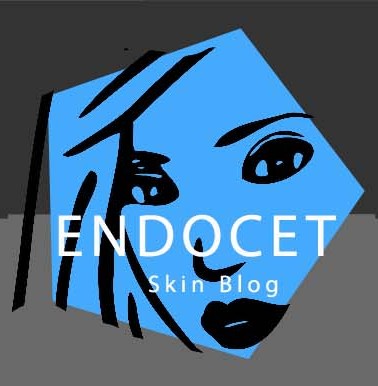Acne Explained
Acne is an incredibly common skin problem and usually affects young people but is also known to affect adults, and increasingly so. Approximately 80% of those between the ages of 11 and 30 have it. When one thinks of acne they think of huge, inflamed spots that cover the entire surface area of the face, but stubborn and recurring spots are also classified as acne and can be tough to get rid of too. Spots usually appear on the face, back and chest and the severity of this chronic skin condition varies from person to person. You can view pictures of acne here.
One of the most popular selfies on instagram this week depicts the young popstar, Lorde, rocking her acne cream before bed in Paris. Images like this can help teenagers remember that everyone gets spots and they are an irritating problem for most, especially at that age. On the other hand, Cameron Diaz recently opened up about her long lasting struggle with acne in her new book, The Body Book, where she claimed she had zero control over her skin issue until she realised it was down to the cheeseburger and fries she ate every day throughout her twenties, (as hard to believe as this diet is). According to Cameron, once she stopped eating fast food, her skin slowly got better and she never returned to her bad habit, however, there is no medical evidence to support this idea.
For most sufferers, it is a hormonal issue. That’s why many girls start taking the pill as teenagers and why pregnant women are horrified when they see acne spots in the mirror, their old friend returned or, their teenage fear finally realised. Hormones trigger the sebacious glands to produce oil which, combined with dirt and blocked pores, causes the skin to flare up in the form of acne.
For acne sufferers who aren’t pregnant, there are great treatments available. For pregnant women, the spots are par for the course and will likely go away after term. With current acne treatments, results are unlikely to be instantaneous and it could take between four and eight weeks before any improvement is noted. These solutions include Skinoren, which reduces keratin skin growth and the production of this oil/sebum which causes acne. Duac also breaks down this keratin, and the antibiotic erythromycin is combined with the mineral zinc, to form Zineryt, another effective treatment. 90% of those who start treating their acne experience a 50% improvement after a couple of months and then other treatments can be incorporated in order to maintain the skin. Despite what people say, acne is not caused by poor hygiene or a bad diet and it’s just one of those things. Good hygiene will of course help the spread of the spots but is not an initial cause. If you have already been prescribed acne treatments for by your doctor then you can get repeat prescriptions online. There are a number of online clinics and pharmacies in the UK that provide this service. Personally, I use www.theonlineclinic.co.uk as they always provide a next day delivery service and they are reasonably priced. One of my friends uses Lloyd’s Pharmacy as they have click and collect option. For myself, delivery is better but it is good to have the option.
For more severe acne, other prescription drugs such as roacutane are an option and these drugs should always be prescribed by a licensed dermatologist considering the potential side effects can be quite severe and serious. This product is not available online because it is a very serious treatment. Here is a useful forum that I use where people discuss their experience of Roacutane.

 D5 Creation
D5 Creation
Comments are Closed